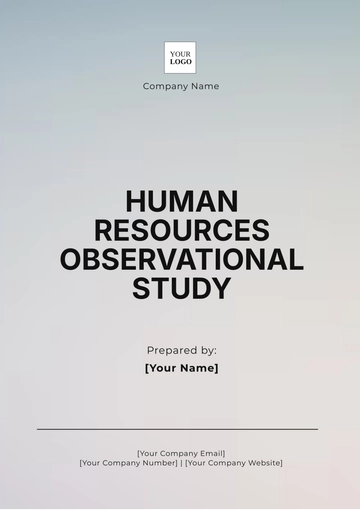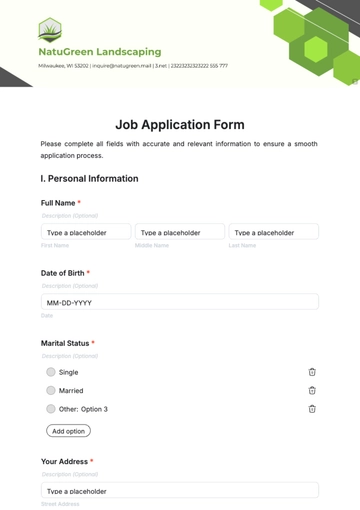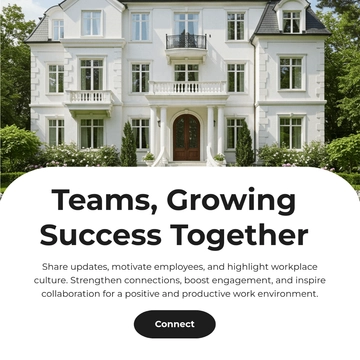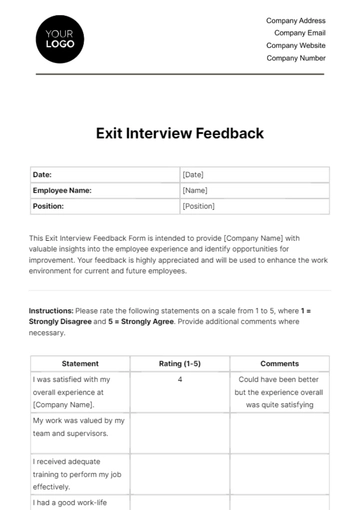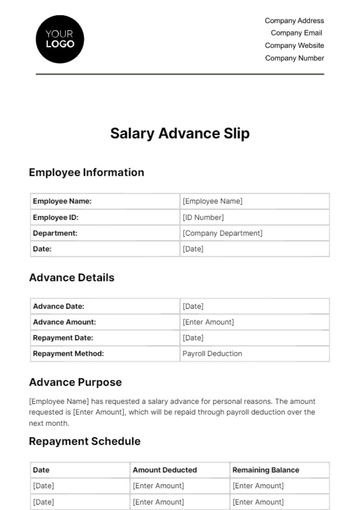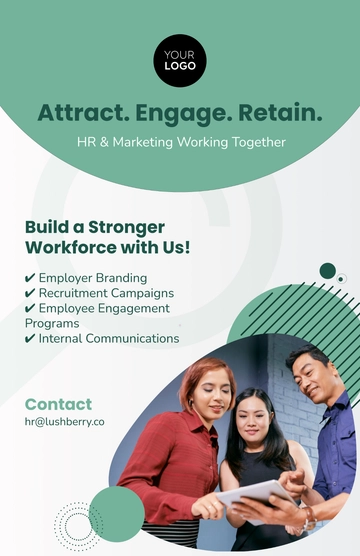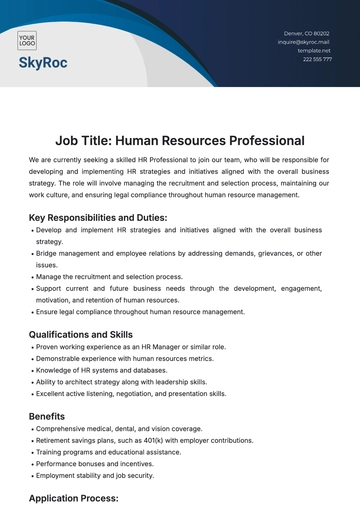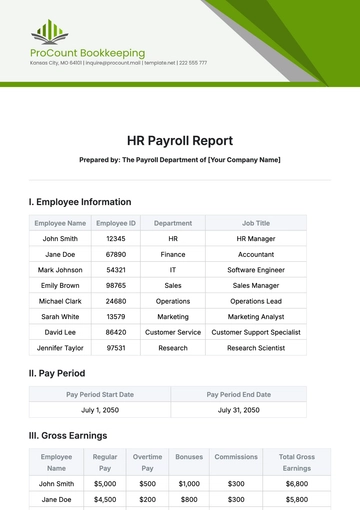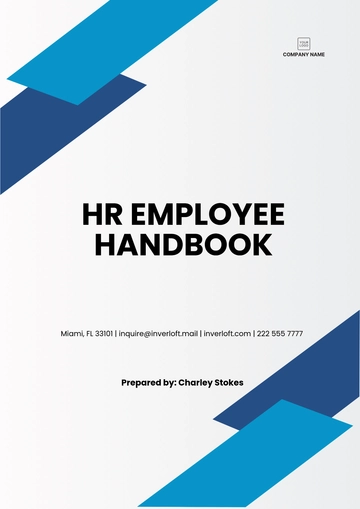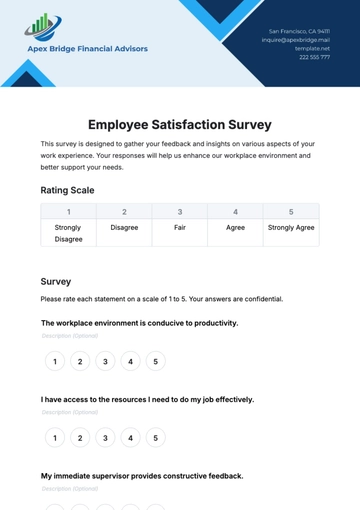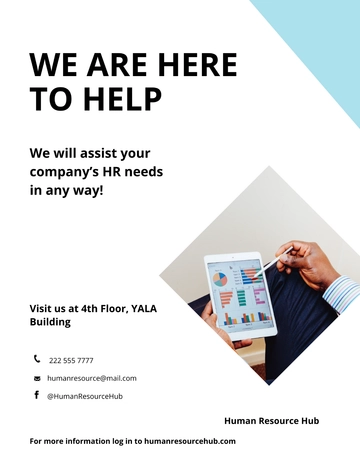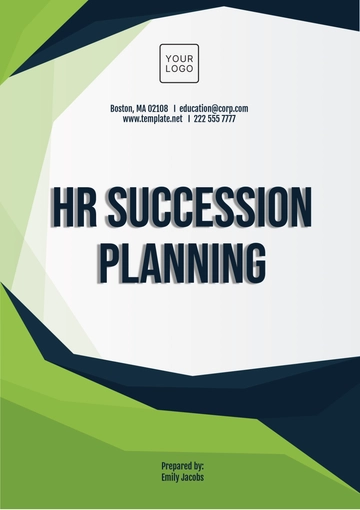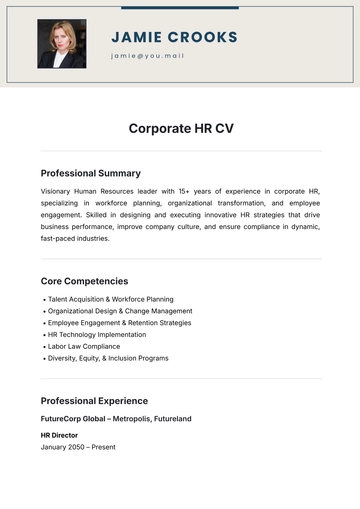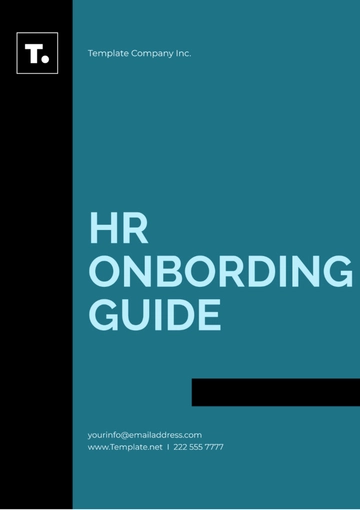DIVERSITY & INCLUSION TRAINING MINUTE HR
Introduction
Welcome to the [Your Company Name] Diversity & Inclusion Training Minute. In just a few minutes, we will explore the importance of diversity and inclusion in the workplace, understanding unconscious bias, and practical steps to foster a more inclusive environment.
Why Diversity & Inclusion Matter
Diversity and inclusion are not just buzzwords; they are essential for creating a thriving and innovative workplace. They lead to:
Understanding Unconscious Bias
Unconscious biases are automatic judgments and stereotypes that can influence our decision-making without our awareness. Recognizing and mitigating these biases is crucial for fostering diversity and inclusion.
Inclusive Language
Promoting inclusivity starts with the words we use. Here are some guidelines:
Microaggressions
Microaggressions are subtle, unintentional behaviors or comments that can hurt or offend others. Examples include:
Promoting Inclusion
Here are some practical steps to foster a more inclusive workplace:
Legal Considerations
It's essential to ensure that all diversity and inclusion efforts comply with local, state, and federal laws. Anti-discrimination laws prohibit discrimination based on race, color, religion, sex, national origin, age, disability, and more. Consult with our HR department if you have any concerns or questions regarding legal compliance.
Conclusion
Inclusion is everyone's responsibility. By fostering a diverse and inclusive workplace, we can tap into the full potential of our team and create an environment where all employees can thrive.
Thank you for participating in the [Your Company Name] Diversity & Inclusion Training Minute. This is just the beginning of our journey toward a more inclusive and equitable workplace.
HR Templates @ Template.net


